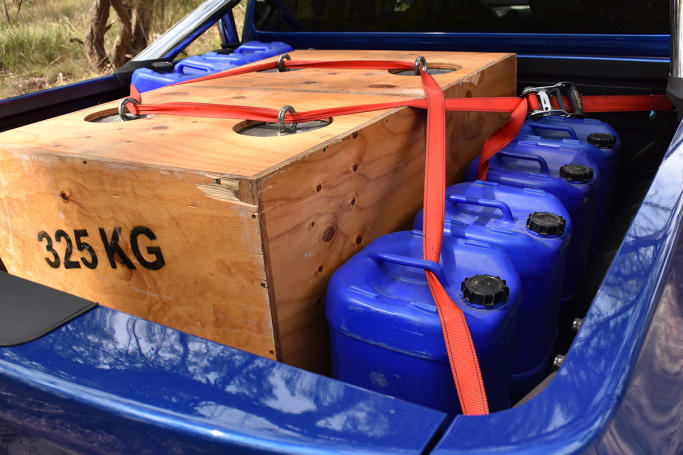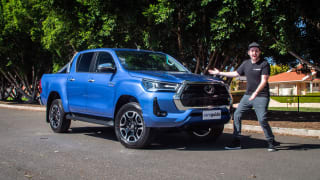Our test vehicle is the Cannon-L which is the mid-range model in a three-tiered range that includes entry-level Cannon and premium-grade Cannon-X. They all share one engine and transmission combination comprising a 2.0 litre turbo-diesel and ZF eight-speed automatic.

The Cannon-L is priced from only $37,990 driveaway (plus $595 for the Blue Saphire prestige paint on our example), which is outstanding value for money compared with established marques. For example, $38K will only get you into a base-grade 4x4 Mitsubishi Triton GLX extra cab-chassis and you can forget about Toyota or Ford; the cheapest 4x4 HiLux (single cab-chassis WorkMate) starts at $39,520 while the cheapest 4x4 Ranger (single cab-chassis XL) kicks in at $43,090.
So, on price alone, the Cannon-L makes similar-priced mainstream rivals look bare-boned. Highlights include body-coloured bumpers, keyless entry and push-button start, eco-friendly leather seats, LED headlights and DRLs, side steps, paddle-shifters, infotainment system with 9.0-inch touchscreen and Apple CarPlay/Android Auto, 12-volt power socket and three USB ports, rear diff lock, reversing and kerbside cameras, rear parking sensors, fog lamps with auto steering function and tyre pressure monitoring to name a few.

However, those items are shared with the entry-level model. The Cannon-L adds premium 18-inch alloy wheels with 265/60R18 tyres and a full-size spare, chrome grille/door handles/mirrors, roof rails, privacy glass, polished stainless-steel sports bar, spray-in tubliner, easy up/down tailgate with pull-out cargo step and front parking sensors.
Inside the Cannon-L adds heated front seats, leather-wrapped steering wheel, six-way power adjustable driver’s seat, auto climate control with rear a/c vents, 360-degree camera, electric anti-glare rear-view mirror and a 220-volt power outlet. You’d be up for $50K-plus to come close to matching this level of standard equipment in more established brands.


















